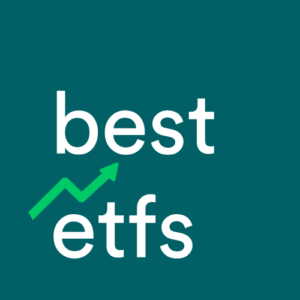Got your analyst shoes on today? The Betashares Managed Risk Australian Share Fund (Managed Fund) ETF (ASX: AUST) and BetaShares Europe ETF – Currency Hedged ETF (ASX: HEUR) are two ASX ETFs operating in the Australian shares and International shares sectors, respectively.
What does the AUST do in a portfolio?
The BetaShares AUST Fund is an actively managed fund that passively tracks the ASX 200, while providing investors with a risk managed approach that aims to minimise volatility and protect against losses in declining markets.
As at the end of last month, the AUST ETF had $44.08 million of money invested. With a funds under management (FUM) or ‘market cap’ figure of less than $100 million, it’s important to consider if this ETF is still too small. At Best ETFs we say an ETF with more than $100 million invested is typically more sustainable than one with less than $100 million (at least). However, there are exceptions to this rule of thumb, especially if the ETF issuer/provider is committed to growing the ETF’s FUM to the point where it becomes profitable.
The yearly management fee on the AUST ETF is 0.49%. The issuer, Betashares, takes this out automatically.
What this fee means is, if you invested, say, $2,000 in the AUST ETF for a full year you could expect to pay management fees of around $9.80. This does not include any performance fees, and it’s different from the fee you pay to your brokerage provider (e.g. CommSec, NabTrade, SelfWealth, etc.). Importantly, you should also be mindful of the ‘spread’ for the ETF.
The easiest way to know if the ETF is too costly is to compare it with other ETFs in the same sector, and against the industry average. So, for context, the average management fee (MER) across all of the ETFs covered by Best ETFs Australia on our list of ASX ETFs is 0.54%, which is around $10.80 per $2,000 invested. Keep in mind, small changes in fees can make a big difference after 10 or 20 years. What’s more, you should read the AUST Product Disclosure Statement (PDS) because it has the complete and updated information on all fees.
The AUST ETF might be one for the watchlist, but if you want to access our full ETF review, simply click here to get our full report – it’s free.
The ins-and-outs of the HEUR ETF
The BetaShares HEUR ETF provides investors with exposure to the largest companies from within the Eurozone, while also generating a large portion of their revenues outside the Eurozone.
At the end of April 2020, the HEUR ETF had $22.62 million of money invested, otherwise called funds under management (FUM) or ‘market cap’. With less than $100 million invested, it’s important to consider if this ETF is still too small and you should wait to buy in. If you’re worried about the size of the ETF, consider comparing it alongside some of the other Index ETFs, using our Complete List of ETFs.
BetaShares charge a yearly management fee of 0.58% for the HEUR ETF. Meaning, with $2,000 invested in the HEUR ETF for 12 months you can expect to pay management fees of around $11.60.
The management fee is above the average for all ETFs on our radar, but keep in mind the ETF may be able to justify a higher fee. Make sure you read the PDS for any other charges or costs, and take a look through our list of ASX ETFs to see if there is a lower-cost ETF on offer.
Choosing between ETFs might seem easy, but it’s important to try and get it right the first time so you don’t end up having to chop-and-change positions (and potentially pay tax). To make your life a little easier, if you’re looking at the AUST ETF, consider clicking here to access our comprehensive investment report. It’s free.
[ls_content_block id=”4954″ para=”paragraphs”]



